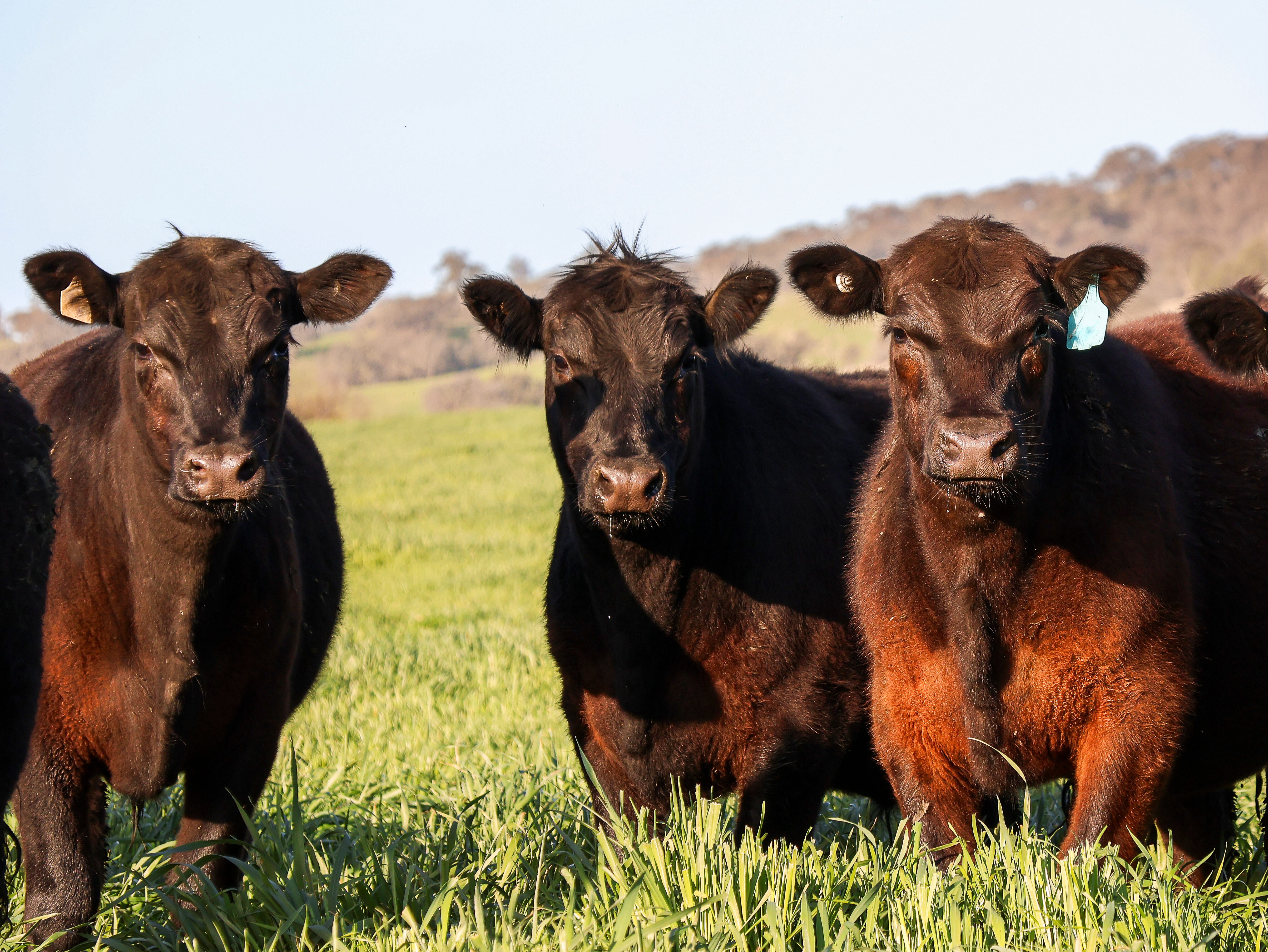Weather
Good falls of 15 to 25mm were received through Western Australian wheatbelt, South Australia’s Eyre and Yorke Peninsula’s, Fleurieu Peninsula and the south-east of South Australia. The rain missed parts of the upper Eyre, upper North, Murraylands and Riverlands however.
Rain was also received though much of Victoria, except for the Mallee and Sunraysia. It became patchy as it moved east and missed border regions. North-west Tasmania received a good soaking. The eight-day forecast looks a little weird but may take further shape the next few days. It has good rain for parts of SA where it’s most needed, and a band of rainfall sweeping across New South Wales.
Get weather forecasts for your region on Elders Weather.
Australian Dollar
The Australian $ is holding above 65USc after it traded to just under 66USc towards the end of the week. It briefly made a new year-to-date high on improved risk sentiment, before falling back over the weekend. There just seems to be so much uncertainty around US trade policies that it’s difficult to maintain a trend.
Livestock
Cattle prices have held onto their gains with most of the action in markets outside saleyards. Anything with weight is selling itself, with only light restocker cattle in 200-300kgs looking good value at the moment as grass burns off with the frosts. Southern buying drove heavy cow prices 20c/kg lw higher in southern Queensland markets. Feeder prices are pushing up to $5/kg lw for an Angus steer with black baldy’s over $4/kg lw.
The international market is in a state of limbo with Trump’s plan to impose a further 50 per cent tariff on Brazilian imports. This is likely to cause turmoil in the export beef markets, given Brazil is the world’s largest exporter and has been the largest supplier of lean grassfed beef into the US since the start of the year. This has potentially significant ramifications for the Australian beef export sector.
For more insights, refer to our latest cattle market update.
View livestock for sale and our sales calendar listings.
Grain
Hot weather is rapidly advancing the northern hemisphere winter crop harvest. But some quality issues (better protein) in southern Russia has seen them slow to offer, which has supported prices. The hot weather is also trimming spring crop yields (barley, wheat and corn), however the overriding influences are large crops and increasing stocks.
In local markets, grower selling resistance is holding prices firm. Riverina wheat $340/t about the same as Downs, southern markets $370-380/t. There is some export business happening, with companies who can execute via rail outside the GrainCorp system and are able to show the grower a decent bid. Northern growers are now looking for a rain to sustain heavy crops that will need moisture to maintain yield potential. Southern crops are far less bulky and late, so spring weather and rainfall will be the key. Southern pasture conditions are enough to make a good bowling green.
Trade your grain at your price on the secure GCX platform.
Wool
The EMI gained 5Ac/kg for the week to 1212Ac/kg but no real trends were noticeable. Finer microns were stronger, middle weaker and crossbred wool stronger.
Learn the many ways we support wool growers.
Sugar
Sugar prices were boosted by Friday's sharp rally of more than +2 per cent in crude oil prices, due to speculation that President Trump may soon announce new sanctions involving Russian oil exports. Higher crude prices benefit ethanol prices and may prompt the world's sugar mills to divert more cane crushing to ethanol production rather than sugar, thus curbing sugar supplies.
The information contained in this article is given for the purpose of providing general information only, and while Elders has exercised reasonable care, skill and diligence in its preparation, many factors (including environmental and seasonal) can impact its accuracy and currency. Accordingly, the information should not be relied upon under any circumstances and Elders assumes no liability for any loss consequently suffered. If you would like to speak to someone for tailored advice relating to any of the matters referred to in this article, please contact Elders.
